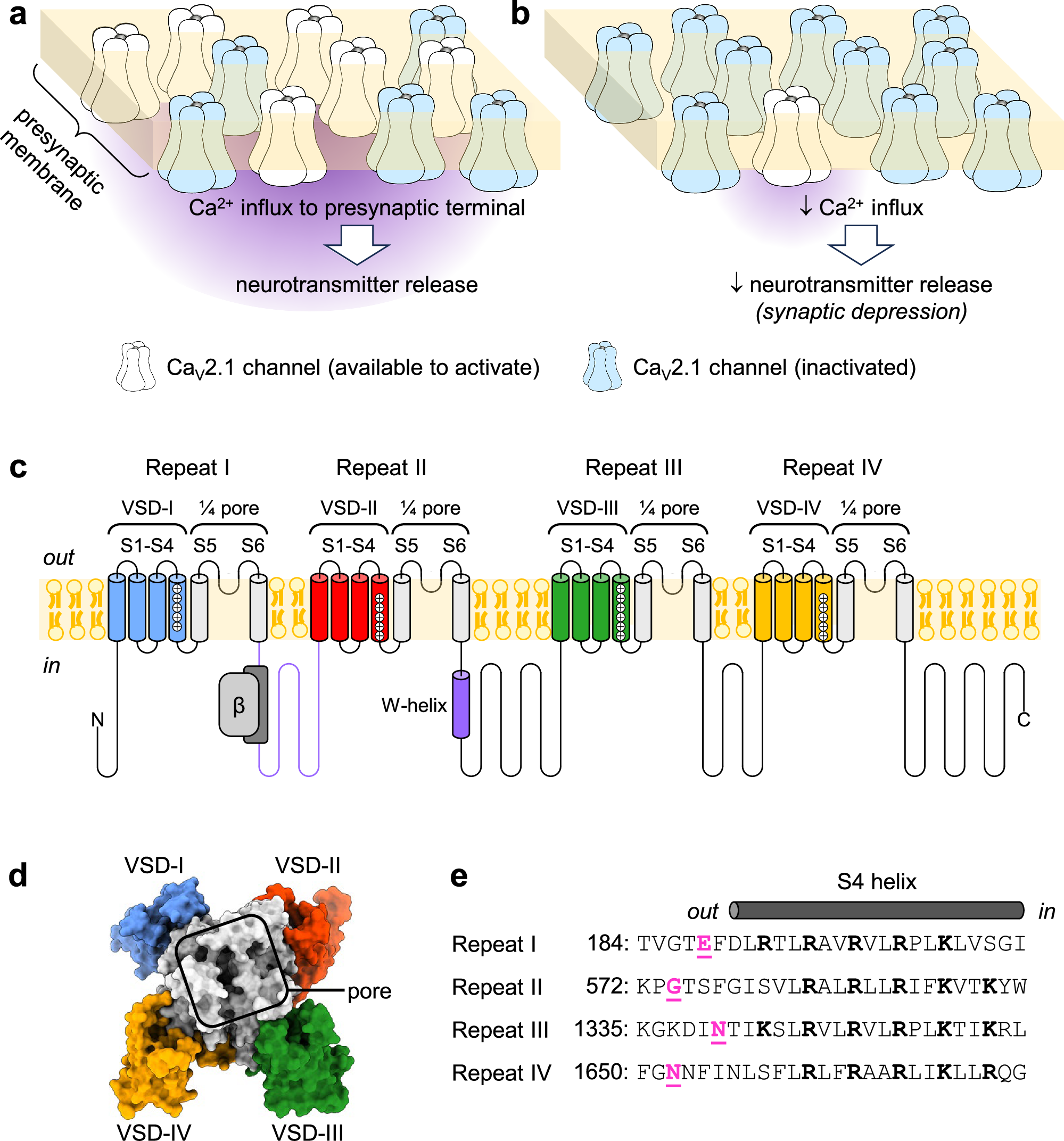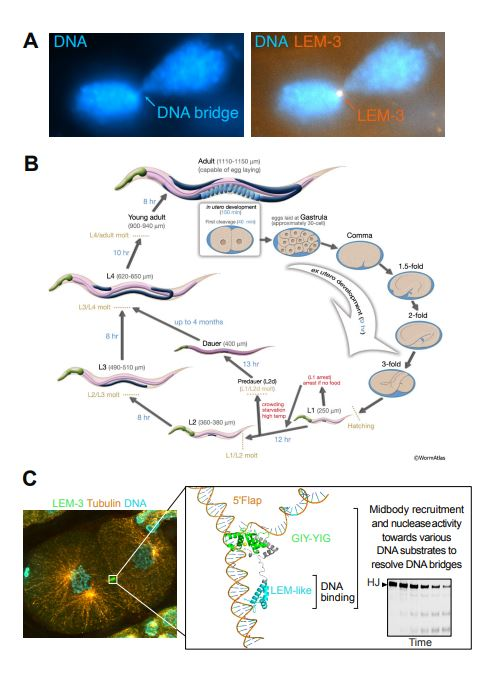2025-05-20 リンショーピング大学
<関連情報>
- https://liu.se/en/news-item/how-molecules-can-remember-and-contribute-to-memory-and-learning
- https://www.nature.com/articles/s41467-025-58884-2
ヒトのCaV2.1チャネルの可用性は豊富なコンフォメーションパレットに支えられている A rich conformational palette underlies human CaV2.1-channel availability
Kaiqian Wang,Michelle Nilsson,Marina Angelini,Riccardo Olcese,Fredrik Elinder & Antonios Pantazis
Nature Communications Published:23 April 2025
DOI:https://doi.org/10.1038/s41467-025-58884-2

Abstract
Depolarization-evoked opening of CaV2.1 (P/Q-type) Ca2+-channels triggers neurotransmitter release, while voltage-dependent inactivation (VDI) limits channel availability to open, contributing to synaptic plasticity. The mechanism of CaV2.1 response to voltage is unclear. Using voltage-clamp fluorometry and kinetic modeling, we optically track and physically characterize the structural dynamics of the four CaV2.1 voltage-sensor domains (VSDs). The VSDs are differentially sensitive to voltage changes, both brief and long-lived. VSD-I seems to directly drive opening and convert between two modes of function, associated with VDI. VSD-II is apparently voltage-insensitive. VSD-III and VSD-IV sense more negative voltages and undergo voltage-dependent conversion uncorrelated with VDI. Auxiliary β-subunits regulate VSD-I-to-pore coupling and VSD conversion kinetics. Hence, the central role of CaV2.1 channels in synaptic release, and their contribution to plasticity, memory formation and learning, can arise from the voltage-dependent conformational changes of VSD-I.


